(NLĐO) - Approximately three hours after sunset, the "zombie" object that scientists expect to explode will emerge from the eastern sky.
According to Live Science, in March, the cosmic "zombie" T Coronae Borealis (T CrB) reappeared in the spring night sky and continued its trajectory toward a brilliant supernova explosion.
T Coronae Borealis is a white dwarf star located approximately 3,000 light-years away in the constellation Corona Borealis.
White dwarf stars are essentially the remnants of stars that have already "died" once.
As their energy gradually depletes, stars like the Sun will briefly flare up into red giants, then collapse into white dwarfs.
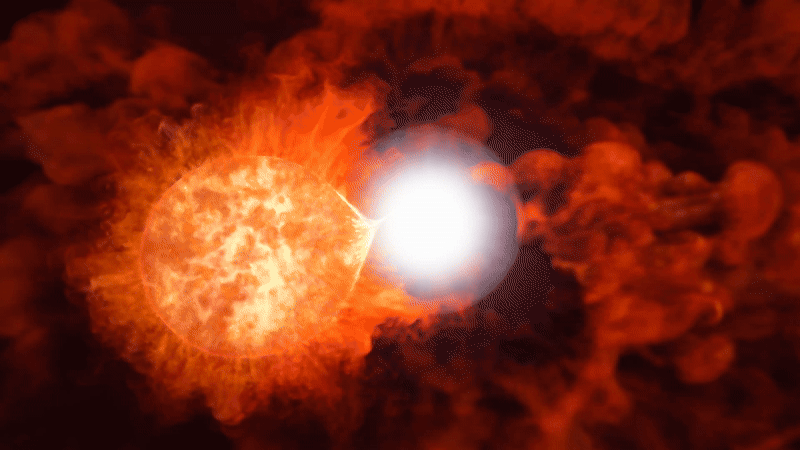
The space zombie T Coronae Borealis could explode in the sky in March - Photo: NASA
T Coronae Borealis was predicted to explode in a thermonuclear eruption between April and September 2024. But this prediction turned out to be wrong.
This object, which astronomers have been constantly tracking, temporarily disappeared from observers' sight for several months during the winter, but it has now reappeared and has not yet exploded.
In March, we can see this star rise from the eastern sky about 3 hours after sunset, becoming clearly visible about 1 hour later.
This is a great opportunity for skywatchers to witness the sudden brightening of this object – if it happens – and it may also be the last chance for most of us.
If it doesn't explode, it will fade away and won't explode again for another 80 years.
The explosion of T Coronae Borealis is due to its existence in a vampire-like state: constantly sucking matter from a companion star. Each time its belly becomes too full, an explosion occurs, known as a nova explosion.
There will come a day when this eating and drinking will end with an even larger explosion called a supernova.
Recent observational evidence suggests this zombie star is about to explode, but it's highly likely to be a supernova explosion.
Even so, this was enough to make it shine brightly, like a new star rising in the sky.
In its current state, with the naked eye, you can only estimate the position of T Coronae Borealis to be between the two brightest stars in the night sky: Vega, rising in the northeast, and Arcturus, rising in the east.
If you can't find those two stars right away, locate the Big Dipper, which resembles a water dipper.
Following the "handle" of the constellation, you'll find Arcturus, the fourth brightest star in the sky, its orange hue mirroring the orange of the hunter-like Boötes constellation.
Next, Vega is a bright, blue-white star in the constellation Lyra, which is shaped like a lyre.
The North Crown, a semicircle containing seven stars, lies in the center of them.
In this constellation, the "zombie" would briefly outshine its neighbors if it exploded, near a star called Epsilon CrB, the constellation's fifth brightest star.
Source: https://nld.com.vn/zombie-vu-tru-co-the-no-tung-vao-thang-3-xem-cach-nao-196250304111518257.htm



![[Photo] Prime Minister Pham Minh Chinh attends the Conference on the Implementation of Tasks for 2026 of the Industry and Trade Sector](/_next/image?url=https%3A%2F%2Fvphoto.vietnam.vn%2Fthumb%2F1200x675%2Fvietnam%2Fresource%2FIMAGE%2F2025%2F12%2F19%2F1766159500458_ndo_br_shared31-jpg.webp&w=3840&q=75)








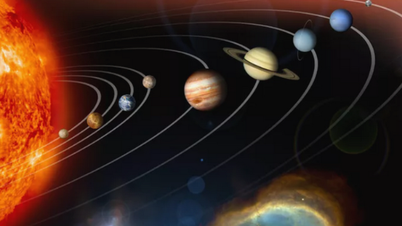


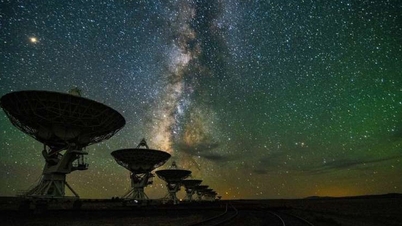
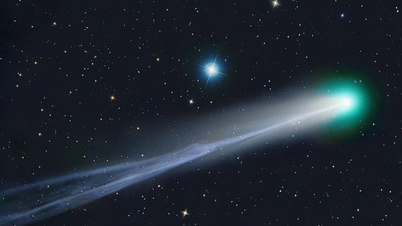







![[INFOGRAPHIC] Legion Go Gen 2 sets a new standard for gaming.](https://vphoto.vietnam.vn/thumb/402x226/vietnam/resource/IMAGE/2025/12/19/1766146888809_info-taycamgames-02-jpg.webp)










































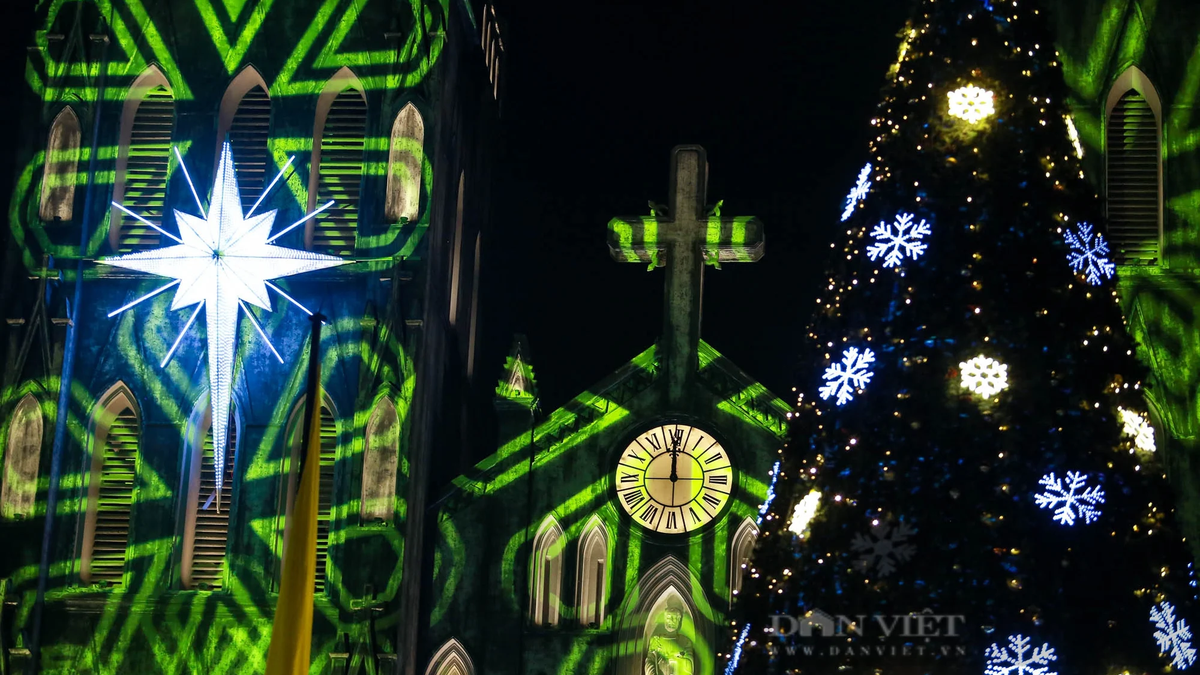











































Comment (0)